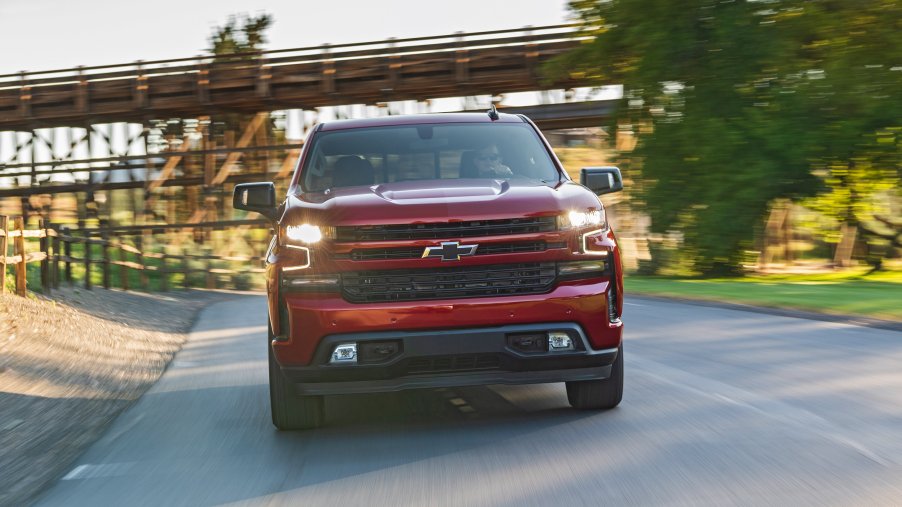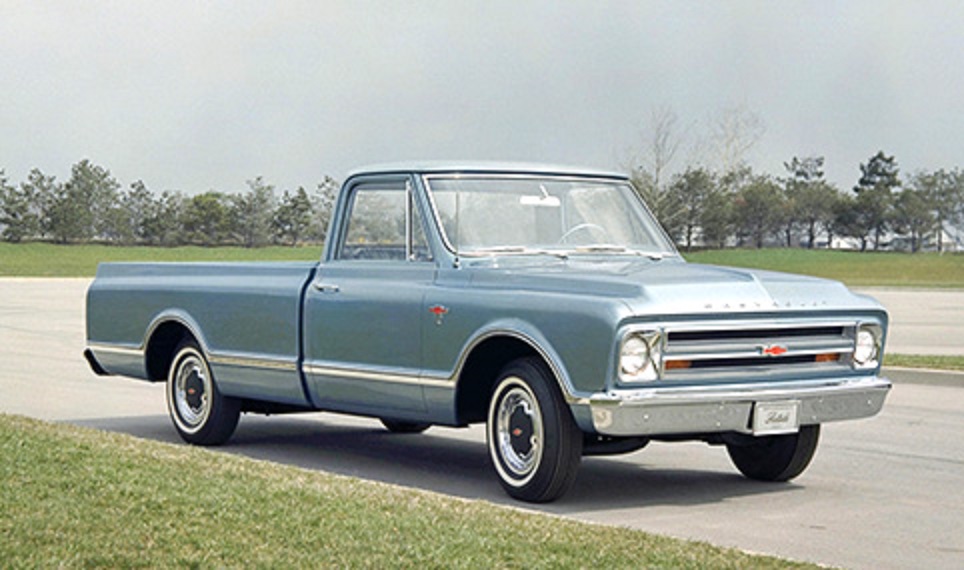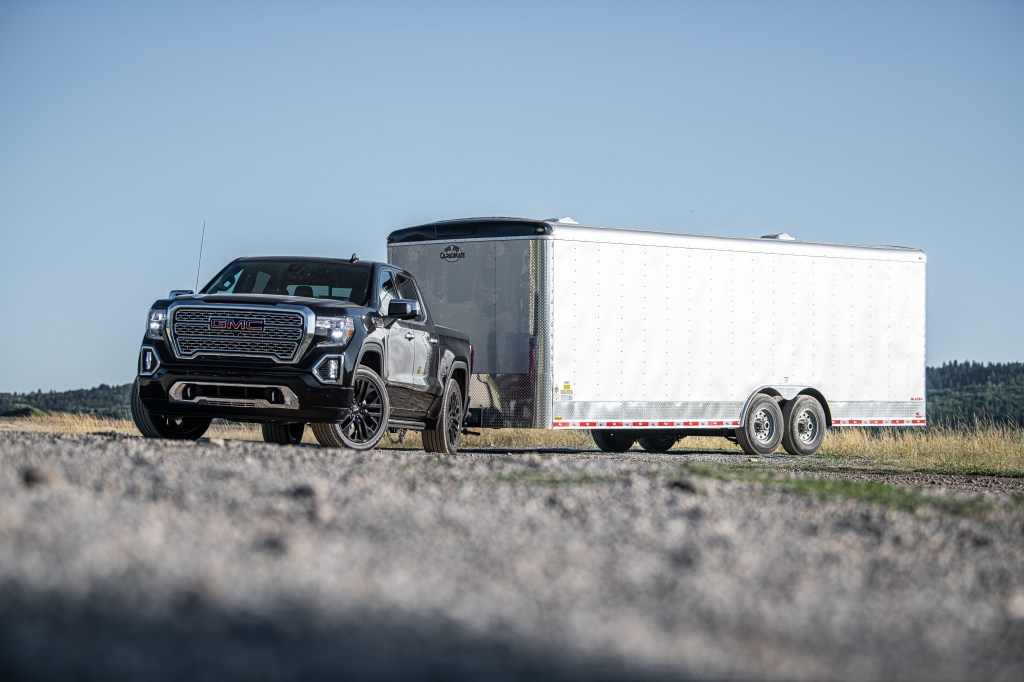
What Chevrolet Silverado/GMC Sierra Names Mean
Sometimes, numbers in a vehicle’s name mean something. In BMWs, for example, they used to signify both the specific series (3-series, 5-series, etc.) and the engine displacement. E.g., a 328i was a 3-series with a 2.8-liter engine. Now, such digits are little more than an internal sorting code. Even trucks aren’t necessarily immune to this. Take, for instance, the Chevrolet Silverado and GMC Sierra. They’re platform-mates available as a 1500, 2500HD, and 3500HD. But what do those Chevrolet Silverado/GMC Sierra mean?
Nameplate History

Although General Motors has been producing trucks for roughly as long as Ford has, they weren’t called ‘Silverado’ or ‘Sierra’. In fact, both names have a significantly shorter history than Ford’s F-Series. The name ‘Silverado’ originally applied to a trim level on Chevrolet’s C/K line of pickups starting in 1975. The ‘Sierra’ name was applied slightly earlier to the luxury trim of GMC pickups, starting in 1972.
It wasn’t until the 1999 model year that the Silverado and Sierra became their own stand-alone models. And it wasn’t until 2001 that the Silverado HD and Sierra HD names were applied to the heavy-duty pickups.
How the Chevrolet Silverado & GMC Sierra Numbers Lined Up

The first-gen C/K trucks (‘C’ meaning rear-wheel drive, ‘K’ denoting all-wheel drive), produced for the 1960 model year, had their own numerical designations. 10 mean half-ton, 20 meant ¾-ton, 30 was the one-ton, and the 40 was the 1.5-ton. The C40 and K40 were dropped after 1962. Chevrolet also had heavy-duty pickups, from the C50 all the way up to the C80.
The GMC lineup used a slightly different numbering system. Built on the same platform as the C/K series, they naturally had the same half-ton, ¾-ton, 1-ton, and 1.5-ton designations. However, GMC’s first-gen models were designated 1000, 1500, 2500, and 3500, respectively. Like Chevrolet, GMC also had heavy-duty versions, with designations going up to 6500. Although a precise reason for the extra zeroes isn’t given, perhaps GMC’s position as the commercial brand had something to do with it.
However, for the second-generation C/K platform, built from 1967-1972, GMC pared down their available trucks. Now, the 1500, 2500, and 3500 designations referred to the half-ton, ¾-ton, and 1-ton trucks, respectively. The Chevrolet C/K trucks still numbered C10 to C80.
These differences disappeared following 1987. For the 1988 model year, both Chevrolet and GMC switched to the GMT400 truck platform. From then on, the C/K and GMC pickup lines both used the 1500/2500/3500 designation until they were superseded by the Silverado and Sierra in 2000.
What the Chevrolet Silverado & GMC Sierra Numbers Mean Today

In short, the 1500/etc. numbers don’t refer to any particular truck specification. As with Ford’s F-Series, they are simply a way to rank each truck by maximum payload and towing capacity. The 1500 is a light-duty full-size truck, while the 2500HD and 3500 HD are heavy-duty trucks with strengthened platforms. Nothing esoteric or random behind it.


